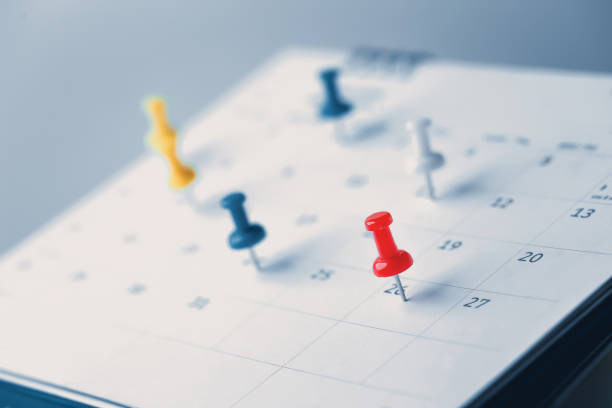I didn’t spot any article text in the snippet you shared—it looks like CSS code for styling a page.
To rewrite content, I’ll need the actual article or narrative you’d like me to transform.
Could you paste the text you want re‑written (or let me know what topic it covers)? I’ll then spin it into an engaging, human‑tone version for you.
Monthly Planner: Your Ultimate Tool for Organisation and Success
Why a Monthly Planner Is Your New Best Friend
Ever felt like a hamster on a wheel, chasing deadlines, birthdays, and your own sanity? The trick is to pause the chaos, take a breath, and map out the month before it starts to whirl. A monthly planner isn’t just a calendar; it’s a confidence booster, a stress reducer, and your ticket to crushing goals.
What’s the Deal With a Monthly Planner?
A monthly planner is a handy layout that shows every day of the month at a glance. You jot down meetings, due dates, personal milestones, or even coffee breaks. It can be a trusty notebook, a wall‑mounted calendar, or a slick digital app that syncs across devices. The main goal? To make time visible so you can play the game of life like a pro.
Why It’s Worth the Time
- Time‑Management Superpower – Spot gaps, avoid double‑booking, and keep the heavy hitters front‑of‑mind. If you’re looking to do more, stress less, the planner is your denial‑free GPS.
- Stress‑Withdrawal – An organized schedule glides anxiety out the door. When you can see what’s coming, you’re not scrambling at the last minute. A calm mind can focus on the next move.
- Productivity Hype – Breaking big projects into bite‑size chunks keeps you from drowning in overwhelm. Checkboxes aren’t just for weekends; they’re a mini celebration each time you tick a task.
- Goal‑Tracking Made Easy – Whether you want to sprint to a new job, finally finish that novel, or master a new skill, the planner keeps your objectives on the radar.
- Accountability & Focus – Write it down, laugh at the punchy reminders, and let the sense of accomplishment keep you moving forward.
Getting Started: A Quick, Fun Guide
Step 1: Paint the Landscape
Start by marking the fixed stuff – meetings, bill due dates, birthdays, or the epic family dinner. Think of them as the “solid ground” you must build around. They’re your anchor points.
Step 2: Sprinkle Goals Like Magic Dust
Write down what you want to achieve. Throw in a mix of personal, professional, and fun goals. Break each goal into bite‑size steps. For example: “Write that report” -> research, outline, draft, edit. Visualised, it’s less scary.
Step 3: Prioritise Your Tasks
Color‑code, use emojis, or just underline the urgent stuff. Remember, tackling the most important tasks first leaves you free to explore the “nice‑to‑do” stuff later.
Step 4: The Weekly Check‑In
Take ~10 minutes at the start of each week. Check what worked, what didn’t, and what’s coming up. Spoiler: adjusting mid‑week is golden – no one survives a rigid plan forever.
Step 5: Be Flex‑y, Not “Rigid-ly Stiff”
Life’s a rollercoaster. Keep your planner fluid; if a meeting moves, slide it to another day. Flexibility keeps the stress level down.
Types of Planners: Pick Your Weapon
Physical Planners
There’s nothing like the smell of fresh paper and the joy of scratching notes with a felt pen. Personalise it with stickers, high‑lighters, or doodles. Feeling therapeutic? Absolutely—handwriting can reset your brain.
Digital Planners
Sync everywhere, set reminders, create to‑do lists. Many modern planners go beyond a simple calendar: they track goals, collaborate with teammates, and fit neatly into the digital ecosystem.
Conclusion: Take Your First Step
Choosing a monthly planner—physical or digital—doesn’t just organise your life; it gives you the confidence to pursue targets and reap rewards. Consistency is the secret sauce: fill it in, review, and update. The better you know where you’re headed, the smoother the ride. So why wait? Grab a planner, scribble those goals, and let the month unfold with fewer headaches and more wins.




